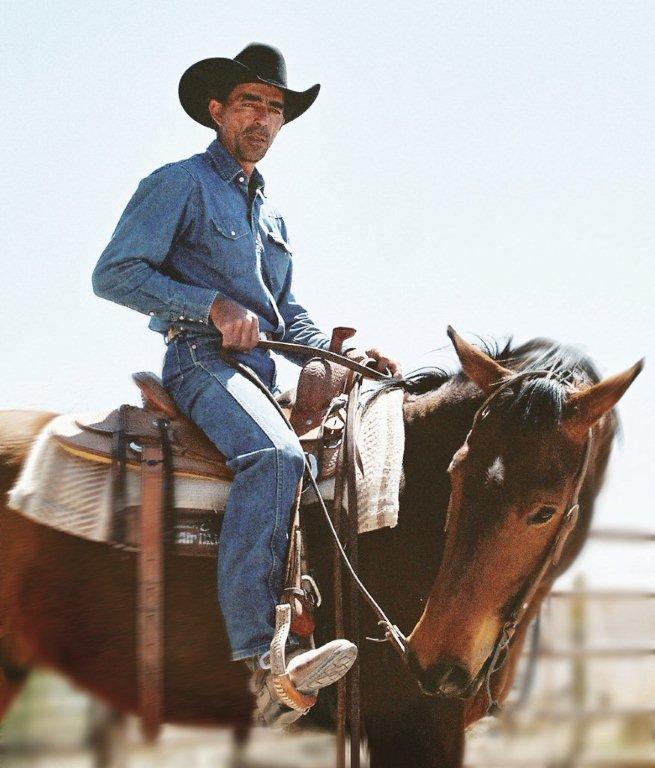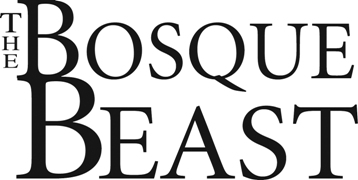By Toby Orona

WHAT KIND OF HORSE DO I GET?
I’m finally getting comfortable at riding lessons and thinking about buying a horse. What kind of horse should I look for?
The first thing is what your intentions are to do with the horse. Are you riding trails or showing? If you’re riding for pleasure, nine out of ten people will be in the area of a quiet quarter horse—it’s the most versatile breed that suits the most people.
Depending on the horse, look for one at least 6 years old, and up to 14 or 15. You want a horse that has a lot of experience, who has been used for a lot of things.
Of course, make sure he’s sound. A lot of people make the mistake of buying for pretty. They’ll say, “I need a black horse.” Go for the quality of the horse and the ride he’s going to provide, for safety. Have a vet and a trainer check him out. They should ask a lot of questions, and the trainer should look for bad habits. You should be allowed to ride the horse, and to get there before the horse is warmed up, so you can see how he acts getting saddled and bridled. Go back a couple of times, and check out as many horses as you can before you buy.
We’ve recently moved to Corrales from New York, where we rode our horses in an arena. I’m nervous about taking mine out on the ditch banks. What do you recommend?
The safest thing you can do is look up local trainers. Have somebody come out and evaluate how you ride and how your horse is riding—don’t just take off on your own. A lot of horses that are great in the arena will not be good out on the trails—crossing water, running across joggers and bikes. They can be trained, but if you don’t have the confidence to do it, then you need someone who does. It’s actually easier to train an arena horse than to start with one that has no experience at all.
Not a lot of people around here actually ride their horses on the ditch banks. Most people around here in the valley are into either showing or eventing, with some dressage. There are some who just go out to enjoy trail riding, but not as many as we think. And that’s because they haven’t enjoyed it, either because of their horsemanship or because they have the wrong horse.
In fact, the trail horse needs to be more trained than an arena horse, because they’re going to see a lot more different things. That’s why I think you should find someone who can take you out, to see if you really want to do it.
I’ve been riding and showing horses for about 15 years, and have owned many horses of my own. I’m really interested in getting one of the wild mustangs from the BLM. What do I need to know to train a wild horse myself?
Just because you can ride a horse, doesn’t mean you can train one. The BLM’s not going to turn you down because of your horsemanship skills, only if you don’t have the right fencing and shelter. And for the first year you don’t really own the horse, meaning you can’t trade it or sell it.
So if you’re going to get a mustang, unless you’ve been around horses your whole life and are excellent with domesticated horses, don’t try it. The horse will hurt you if it feels cornered—it doesn’t know why you want to put on a saddle or bridle. There’s a lot involved, and if you damage the horse, it’s going to be twice as hard to sell him or train him afterward.
Toby Orona starts colts, gives riding instruction, trains horses, and rehabilitates problem horses. A native of Albuquerque and lifelong equestrian, he has been training for 15 years. Contact him at 573-9440.
